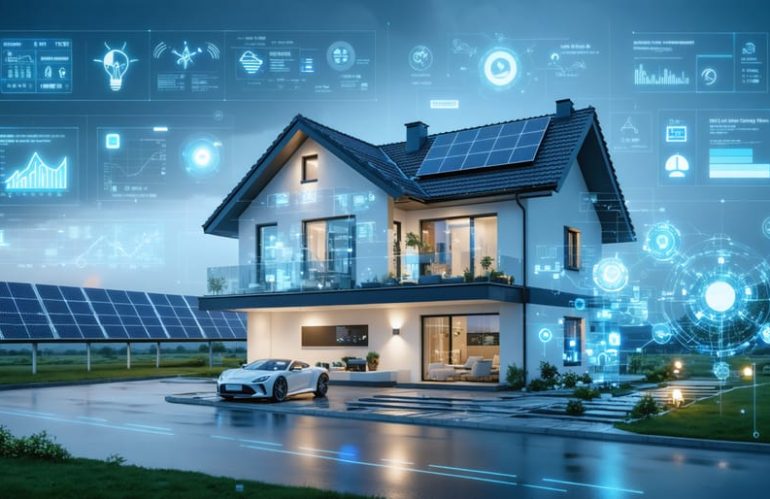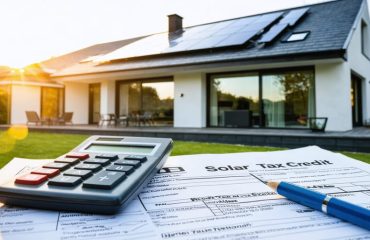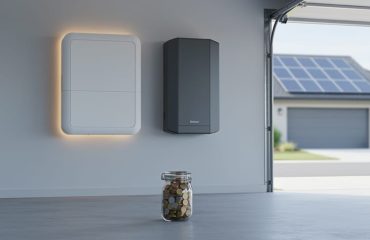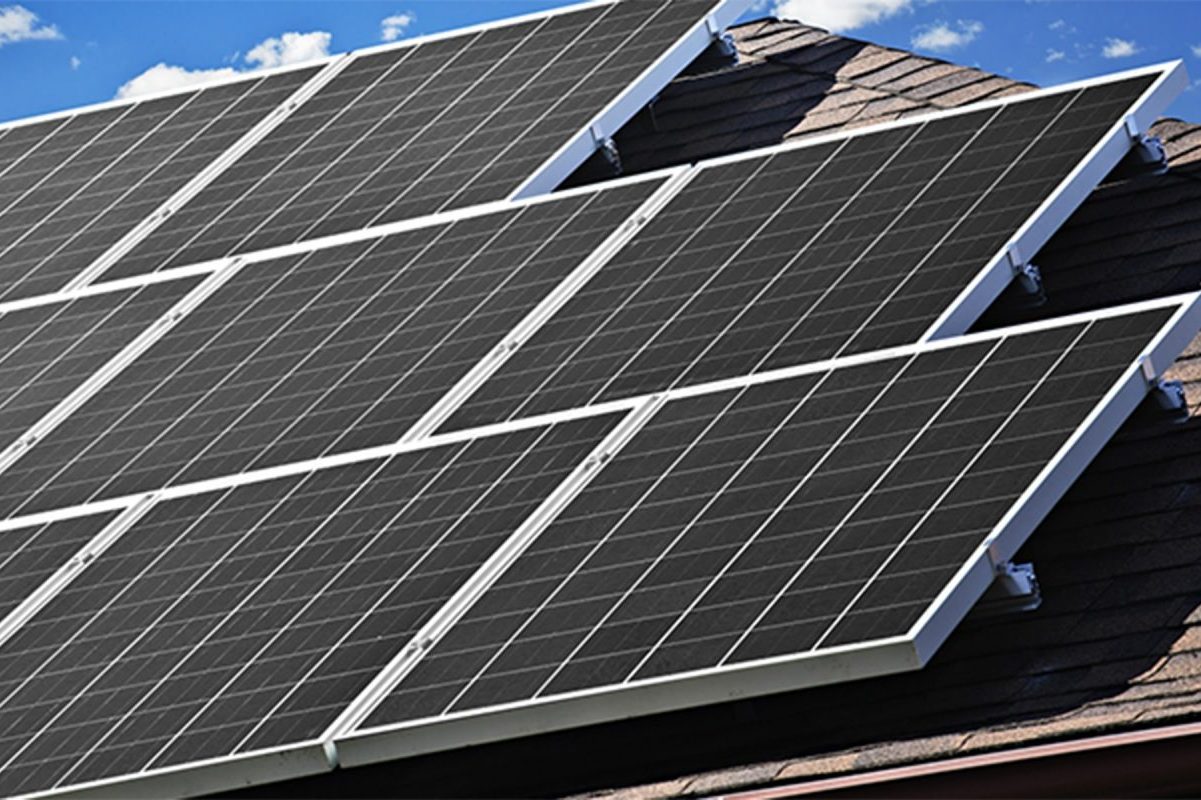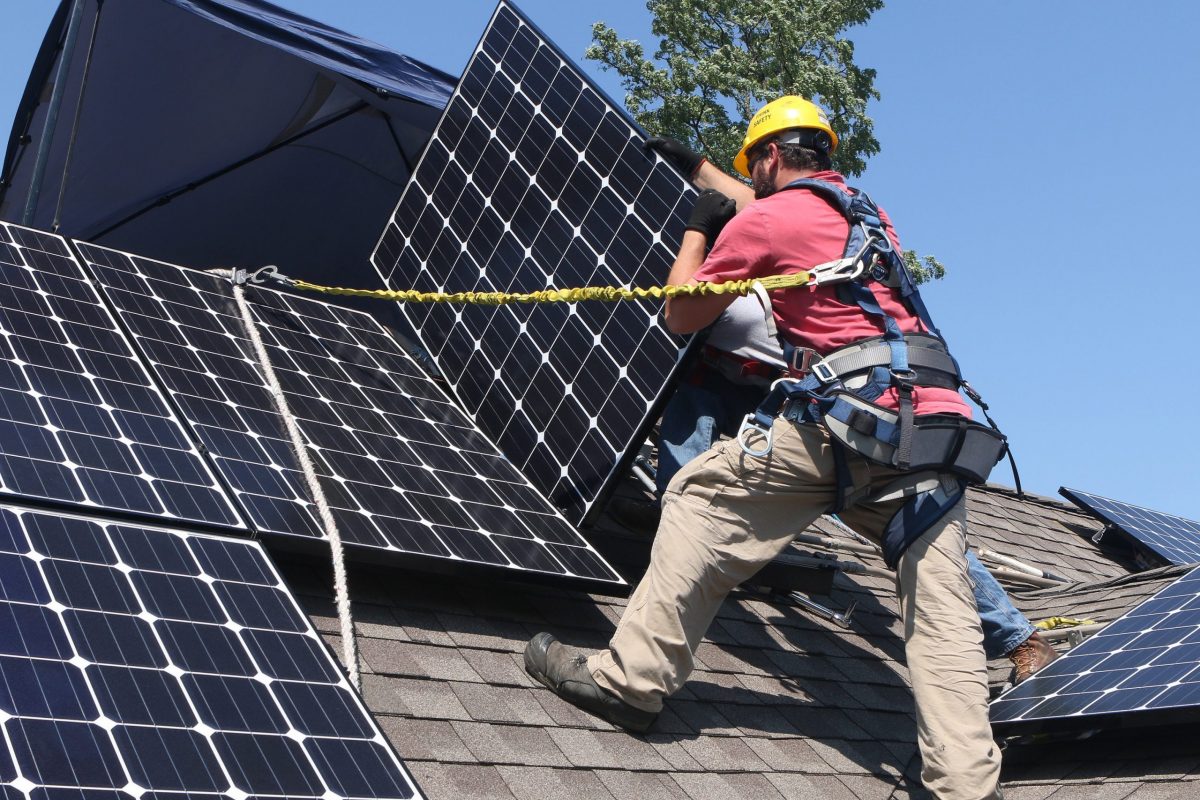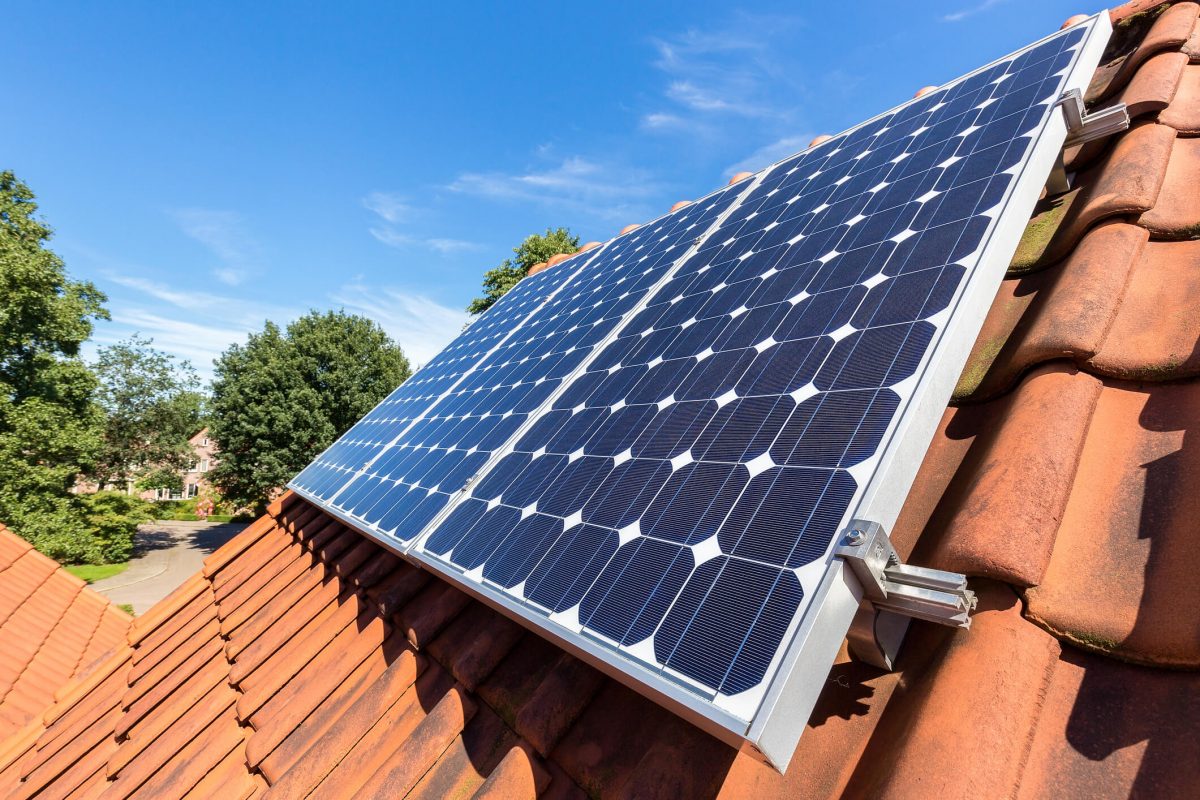Transform your home into a smart energy hub through demand response programs with the National Grid, putting money back in your pocket while supporting a more resilient power system. These innovative programs automatically adjust your home’s energy consumption during peak demand periods, offering substantial financial incentives for participating households. By partnering with the National Grid’s demand response initiatives, homeowners can reduce their annual energy costs by up to 20% while playing a crucial role in preventing blackouts and stabilizing the electrical grid. With smart thermostats, appliance controls, and real-time energy monitoring, demand response represents the future of sustainable energy management – where consumer convenience meets environmental responsibility. The growing network of participating households has already helped prevent multiple grid emergencies while earning millions in collective savings, making it one of the most successful public-private energy partnerships in recent history.
What National Grid’s Demand Response Means for Your Home
How Demand Response Works
Demand response programs help balance the electrical grid during peak demand periods, typically occurring on extremely hot summer afternoons or cold winter evenings when energy usage spikes. As a participant, you’ll receive notifications from your utility company asking you to temporarily reduce your electricity consumption during these critical times.
Participation is straightforward: when you receive an alert, simply adjust your energy usage by taking actions like raising your thermostat a few degrees, delaying laundry or dishwasher cycles, or turning off non-essential lights and appliances. These small changes, usually lasting 2-4 hours, help prevent grid overload and reduce the need for expensive backup power plants.
In return, you’ll earn credits on your utility bill or direct payments for your participation. Many utilities now offer smart home technology that can automatically adjust your settings during events, making participation effortless. The best part? You’re always in control and can opt out of any event that doesn’t work with your schedule.
Smart Technology Integration
Modern smart home energy management systems make participating in demand response programs easier than ever. Smart thermostats automatically adjust your home’s temperature during peak events while maintaining comfort levels you specify. These devices learn your preferences over time and can be controlled remotely through smartphone apps. Other smart technologies, like connected water heaters and appliances, can also participate in demand response events, maximizing your savings potential. Many utility companies offer rebates for installing these devices, making the initial investment more affordable. The best part? Once set up, these systems work automatically in the background, requiring minimal effort while helping you save money and support grid stability.
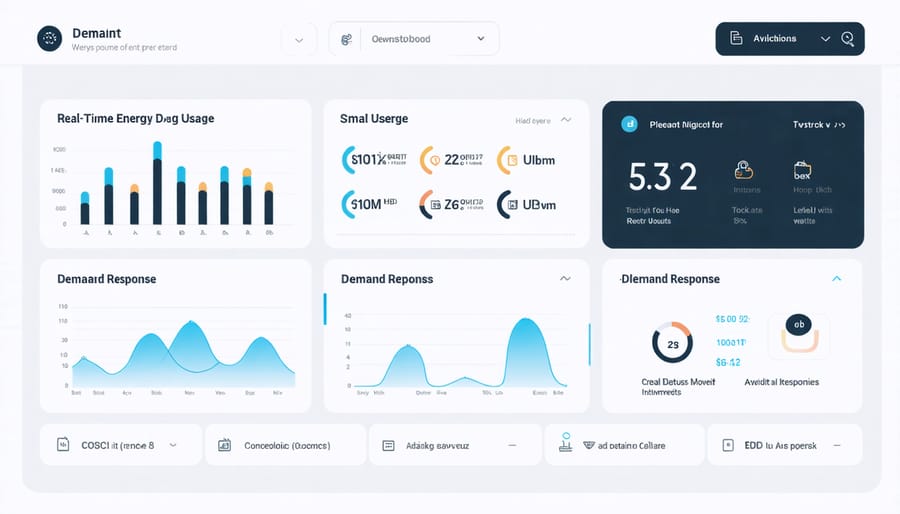
Financial Benefits and Incentives

Direct Rewards
Participating in demand response programs through National Grid offers immediate and substantial financial rewards for homeowners. Like other available energy incentives, these programs provide direct payments for reducing electricity usage during peak demand periods.
Participants typically receive compensation in several ways: enrollment bonuses, performance payments, and annual reward payments. Initial sign-up bonuses often range from $50 to $100, while performance payments can amount to $20-$50 per event. Additionally, consistent participation throughout the year can lead to annual rewards of $100 or more.
The payment structure is straightforward and transparent. Rewards are usually credited directly to your utility bill or sent as a separate check. Some programs even offer smart device incentives, providing free or discounted smart thermostats and other energy-management tools that help maximize your earnings.
What makes these rewards particularly attractive is that they’re earned on top of the natural savings from reduced energy consumption. This creates a win-win situation where you’re paid both for participating and for the energy you save.
Long-term Savings
Participating in demand response programs offers substantial long-term savings that extend far beyond occasional peak event rewards. Households typically see a 10-15% reduction in their annual electricity bills through improved energy awareness and smart consumption habits. These programs help you identify and eliminate energy waste, leading to consistent monthly savings even outside of demand response events.
The financial benefits compound over time as you become more efficient at managing your energy use. Many participants report saving hundreds of dollars annually through a combination of direct rewards and reduced consumption. Smart thermostats and home energy management systems, often provided through these programs, help automate savings and maintain comfort while reducing costs.
Additionally, utility companies frequently offer preferential rates and special incentives to demand response participants. As the grid becomes increasingly dependent on renewable energy, these rewards are expected to increase. By establishing energy-efficient habits now, you’re not just saving money today – you’re positioning yourself to maximize future benefits as demand response programs evolve and expand.
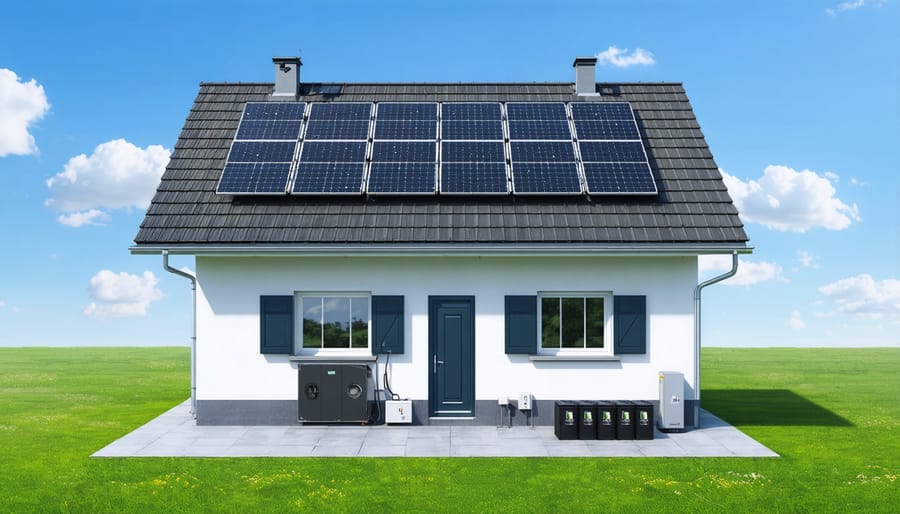
Combining Solar Power with Demand Response
Solar + Storage Advantages
Combining solar panels with battery storage creates a powerful synergy for demand response programs. When you pair these technologies, you can store excess solar energy during peak production hours and use it during high-demand periods, maximizing your participation benefits and savings.
Battery storage systems allow you to be more strategic with your energy usage. Instead of selling excess solar power back to the grid at lower daytime rates, you can store it and use it during peak evening hours when electricity prices are highest. This flexibility means you can participate more effectively in demand response events while maintaining your home’s comfort.
The combination also provides enhanced grid reliability benefits. During demand response events, you can switch to stored solar power, reducing strain on the grid while earning additional incentives. This setup offers greater energy independence and resilience during power outages, serving as a backup power source when needed.
Additionally, solar + storage systems often qualify for additional incentives beyond standard demand response programs, potentially including federal tax credits and state-level rebates, making the investment even more attractive.
Peak Time Management
Managing your energy use during peak demand periods is simpler than you might think. Start by shifting major appliance usage to off-peak hours, typically before 2 PM or after 7 PM. Run your dishwasher, washing machine, and dryer during these times to maximize savings. Consider pre-cooling your home before peak hours and using smart thermostats to automatically adjust temperatures.
Small changes make a big difference: close curtains during hot afternoons, use ceiling fans instead of lowering your AC, and prep meals that don’t require the oven during peak times. Many homeowners find success by creating a daily schedule for energy-intensive activities. Setting timers for pool pumps and water heaters to operate during off-peak hours can significantly reduce your peak-time consumption while maintaining comfort.
Remember, consistent peak-time management not only reduces your bills but also helps maintain grid stability for your community.
Getting Started with Demand Response
Eligibility Requirements
Participating in National Grid’s demand response program is open to most residential customers with smart meters installed. To qualify, you’ll need a home with central air conditioning, electric water heaters, or other major appliances that can be adjusted during peak events. Smart thermostats like Nest or Ecobee are particularly valuable, as they enable automatic participation in demand response events.
Homes with solar panels are excellent candidates for these programs, as they can better manage their energy consumption and contribute to grid stability. The minimum energy reduction requirement is typically 1.5 kW during peak events, which most households can achieve by adjusting their thermostats and timing their appliance use.
To enroll, you’ll need an active National Grid account in good standing and internet connectivity for your smart devices. Some programs may require professional installation of energy management devices, which National Grid often provides at no cost to participants.
Enrollment Process
Joining National Grid’s demand response program is straightforward and can be completed in just a few simple steps. Start by visiting National Grid’s website and selecting the demand response program that best fits your needs. Fill out the online enrollment form with your account information, contact details, and preferred communication method.
Once enrolled, National Grid will schedule a brief virtual or in-person assessment to evaluate your home’s energy usage patterns and identify opportunities for demand reduction. During this assessment, they’ll explain how the program works and answer any questions you may have.
After approval, you’ll receive notification of your program acceptance and instructions for accessing your online dashboard. Here, you can view upcoming demand response events, track your participation, and monitor your earnings. National Grid will also provide you with tips and tools to maximize your benefits from the program.
The entire enrollment process typically takes 1-2 weeks, and you can begin participating in demand response events as soon as your enrollment is complete.
Participating in demand response programs through National Grid offers a win-win solution for both homeowners and the environment. By adjusting your energy usage during peak periods, you can earn significant financial rewards while contributing to a more stable and sustainable power grid. The average participant saves between $100 and $300 annually, with some households reporting even higher savings.
Beyond the immediate financial benefits, your participation helps reduce the need for expensive backup power plants and decreases our collective carbon footprint. This community-wide effort creates a more resilient energy system that can better handle extreme weather events and peak demand periods.
Getting started is simple and risk-free. National Grid provides all the tools and support you need, from smart thermostats to real-time monitoring apps. You maintain complete control over your energy settings while making a positive impact on both your wallet and the environment.
Join the thousands of homeowners already benefiting from demand response programs. Take the first step today by contacting National Grid or exploring their online enrollment options. Your participation, no matter how small, makes a meaningful difference in creating a more sustainable energy future.

